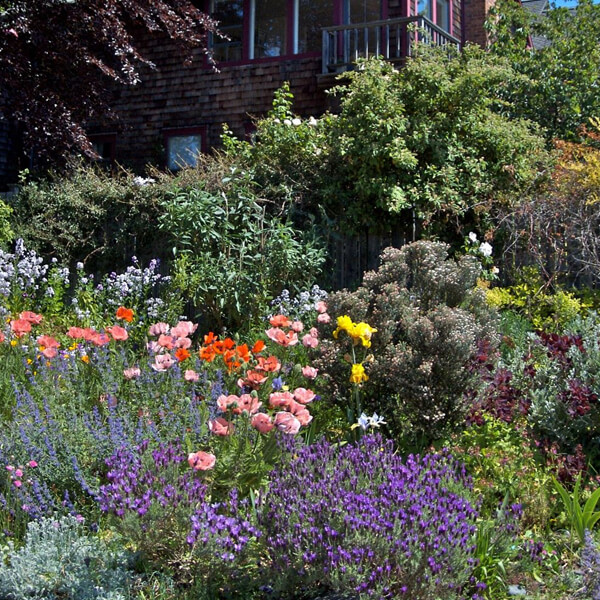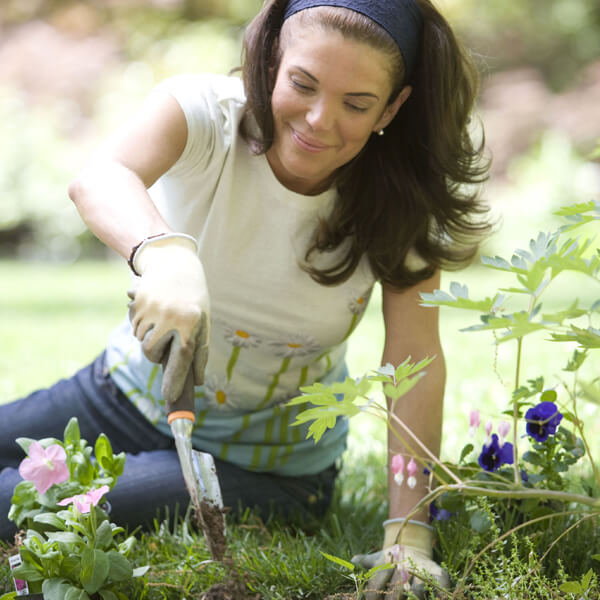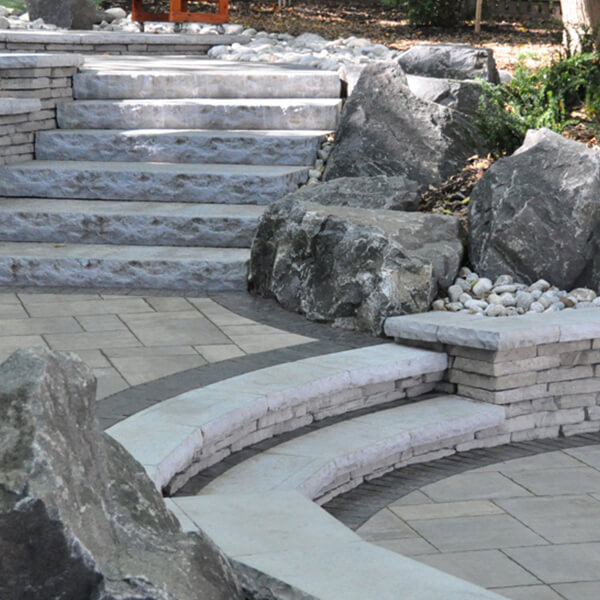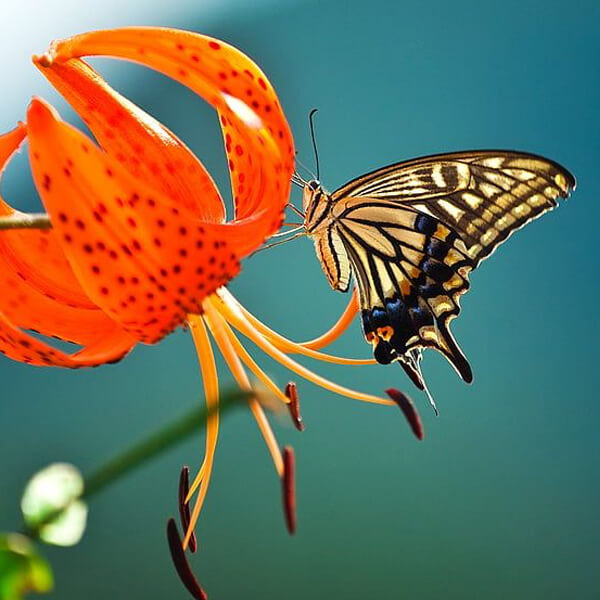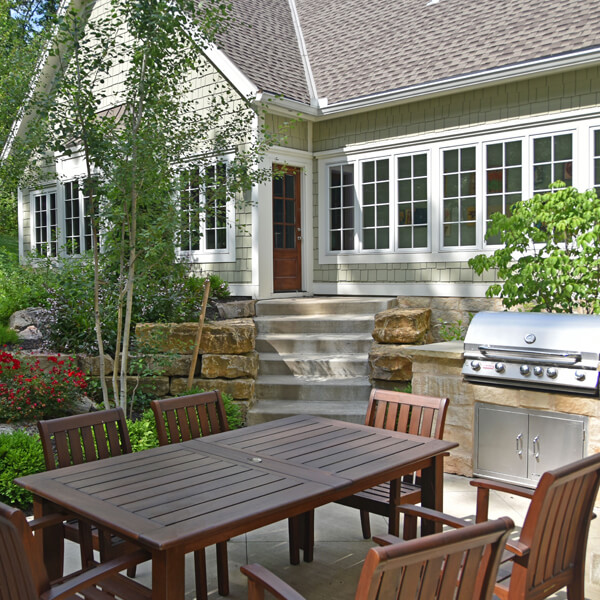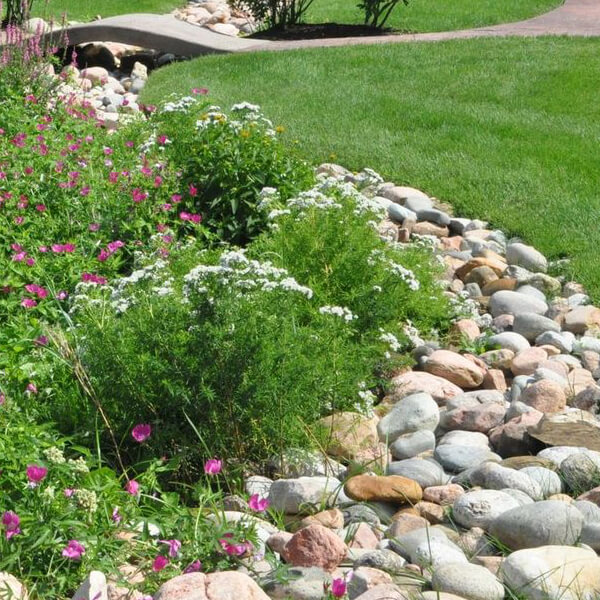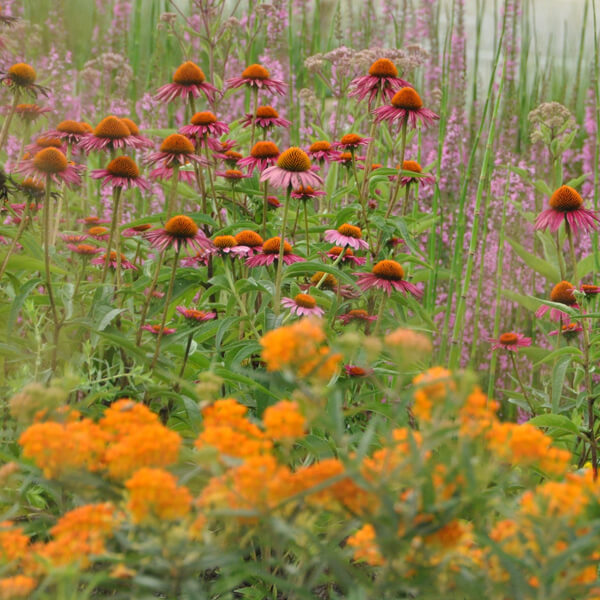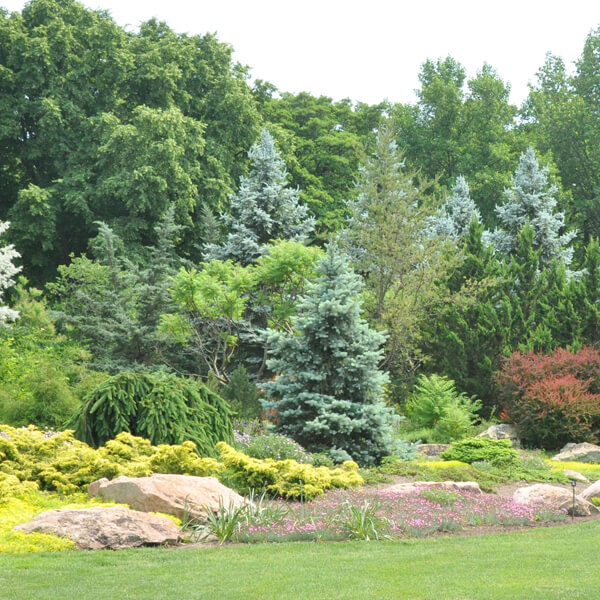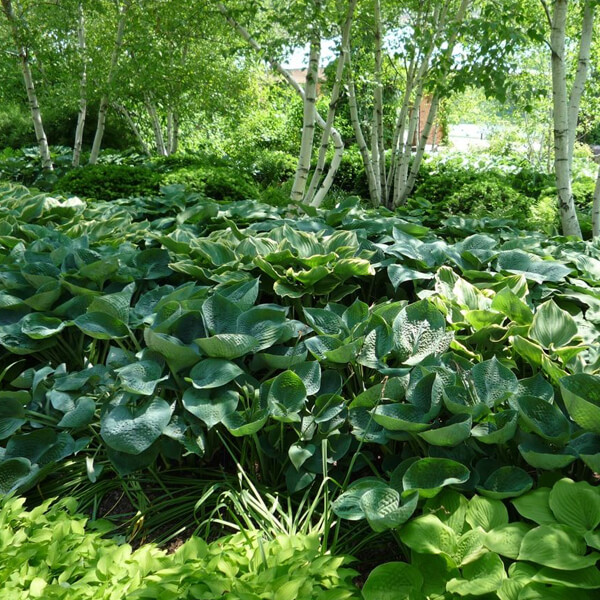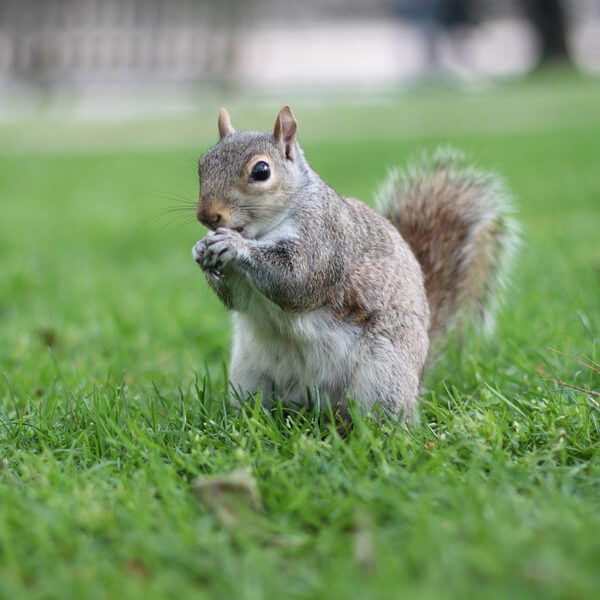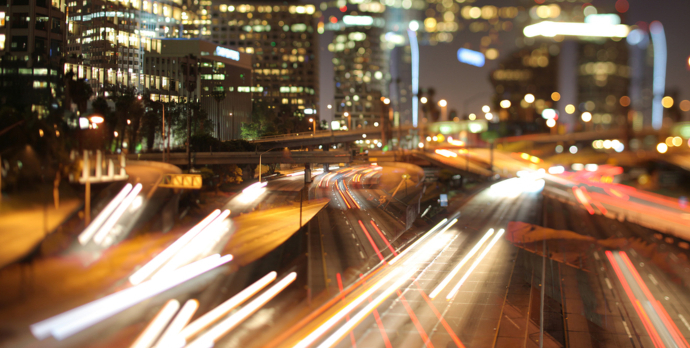
Landscape Lighting for a Healthy Environment - Conquering the Challenge of Light Pollution
Light pollution is insidiously creeping into our lives and like other forms of pollution, it impacts the way we live. It’s slowly and subtly changing our natural environment by altering patterns of nocturnal wildlife, increasing greenhouse gas emissions and affecting human health. To add insult to injury, it’s also costing us a great deal of money.
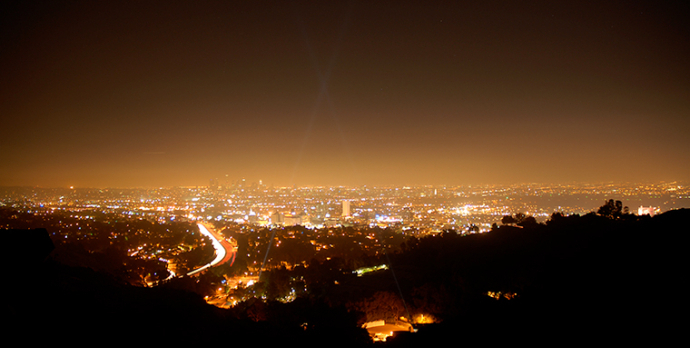
Designing Landscape Lighting for a Healthy Environment - Meeting the Challenge of Light Pollution
For years, scientists have been decrying the dangers of air pollution and water pollution. We have seen the impacts that a buildup of harmful greenhouse gases like carbon dioxide (CO2), methane (CH4), nitrous oxide (N2O), and a suite of halogen-bearing gases (like fluorocarbons) that are derived from industrial activities can bring. Evidence of man-made climate change confronts us on a daily basis as devastating heat waves, droughts, and forest fires devastate our nation. Water pollution from an overuse of toxic chemicals by industrial, agricultural and non-professional users have poisoned waterways, limited access to clean drinking water and disrupted eco-systems. Within the last 15 years however, another insidious form of pollution has been gaining the attention of researchers around the world. They have discovered that night-time light pollution is a serious threat with wide-ranging impacts to human health as well as to our natural environment. Many researchers believe that “immediate measures should be taken to limit artificial light at night in main cities and inside houses.”
a.JPG)
The Perfect Patio
Early last year a sign appeared on a neighborhood house stating that the owners were asking for permission to demolish. Since we live in an “historic" neighborhood, many of the properties are protected. The house appeared to be in good condition, so we assumed that any demolition was for the ramshackle garage out back. We were flabbergasted this spring when the entire house as well as the falling down garage were removed. We were even more shocked when the neighborhood’s first — and hopefully last —McMansion was erected. What’s truly disappointing however, at least from my point of view, is the fact that the huge house is almost entirely surrounded by an ocean of stark white concrete.
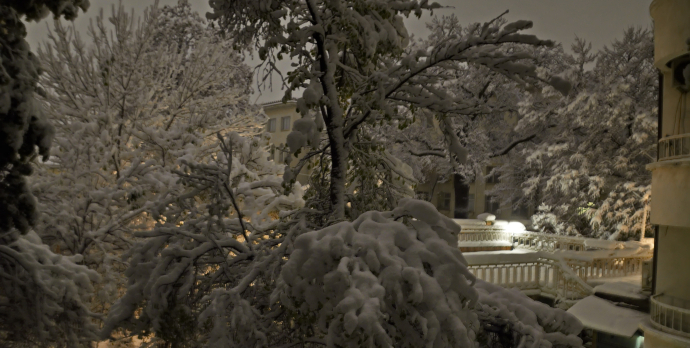
Winter Has Arrived
Here in the middle of Missouri, we haven’t had much “real” winter. Yes, we had a few inches of snow in November, enough for small snowmen and a bit of sledding, but it only lasted a couple of days. Then warm temperatures returned and we began to wonder if winter had come and gone. It hadn’t. Like so much of the country, we were hit with an arctic blast that crippled our community. People flocked to our stores to stock up on basic necessities – bread, milk, wine and, most important of all, ice melt.
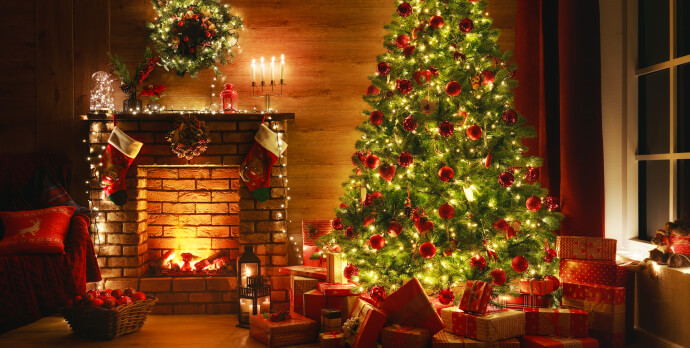
45 Gifts Gardeners Really Want
A few close friends and I were having coffee the other morning when the conversation drifted off to holiday gift-giving and how difficult it can be to find that exactly “right” gift for the “right” person. We started reminiscing about some of the gifts we have received through the years, usually from our husbands. Some were sweet, some were strange and some were absolutely hilarious.
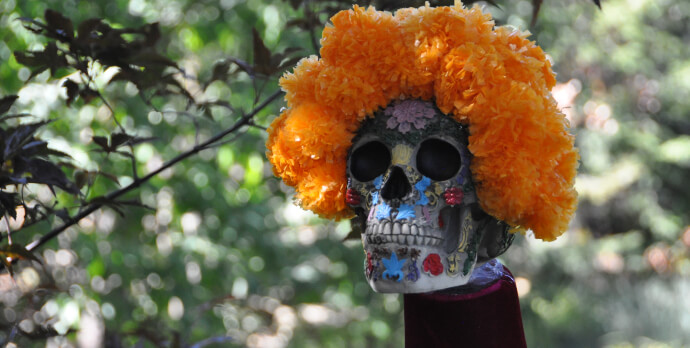
Spook-tacular Gardening
Happy Halloween from the dark side of Embassy's monsterously creative Seasonal Color Specialist,
Jo Ann Prieto.
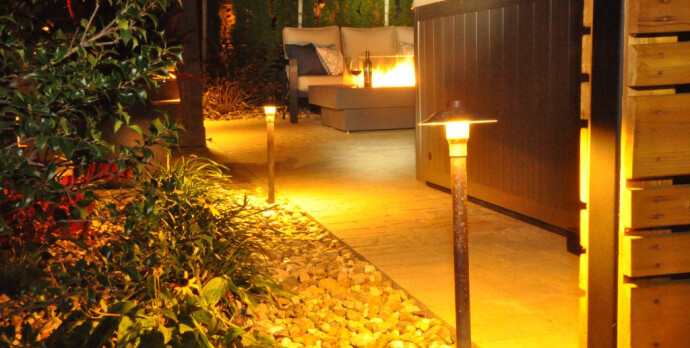
Nightscaping
With a slight break in the streak of hot, humid weather we’ve had this summer, I’m finding myself spending more time outdoors, especially in the evenings when the sun crosses over the house and onto the street side. The last few nights I have found myself playing the “What if….” game. What if I added night lighting to my landscape?
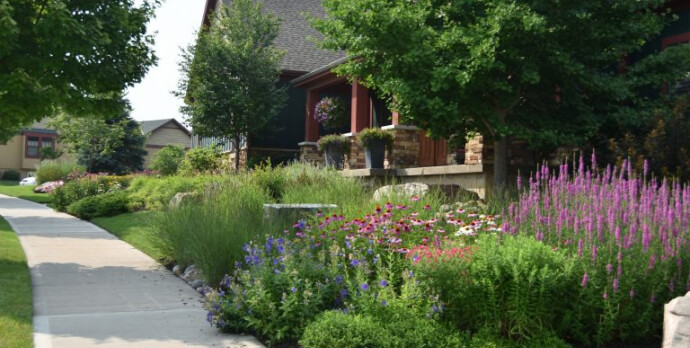
Digging into Dirt: Nurturing the Soil
In 1937, after witnessing the havoc and economic desperation that the Dust Bowl had wreaked on our nation, Franklin D Roosevelt sent a letter to all of the governors of the United States, asking them to oversee the adoption of legislation that would create soil conservation districts. In his letter, Roosevelt wrote, “The nation that destroys its soil destroys itself.” His words, so appropriate to the time, still hold truth for us today. Because of our incomplete understanding of soil biology combined with incorrect and overuse of chemicals, we have put our soil and water at risk. If we continue to destroy our environment, then we will eventually destroy ourselves.
Categories
